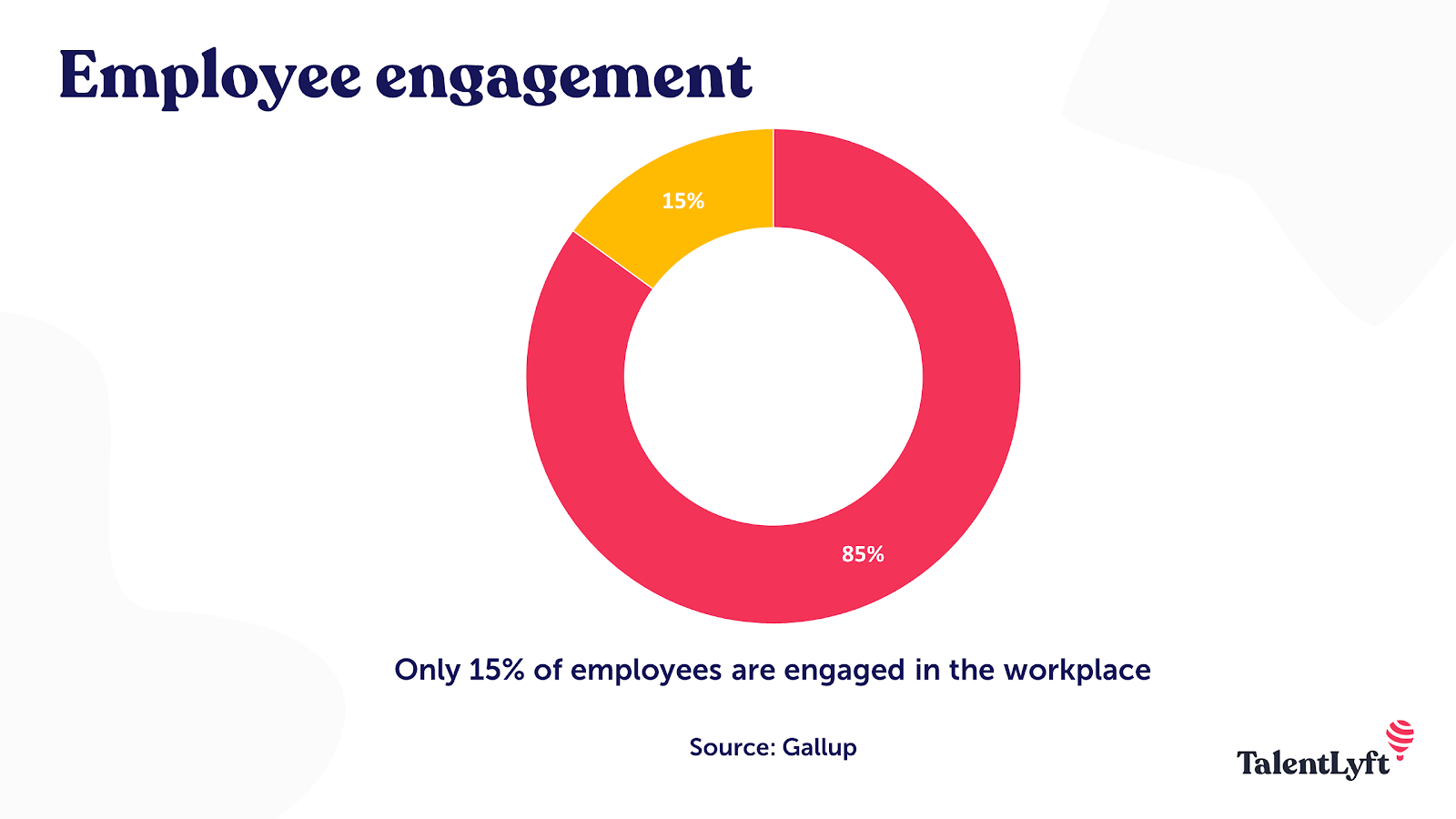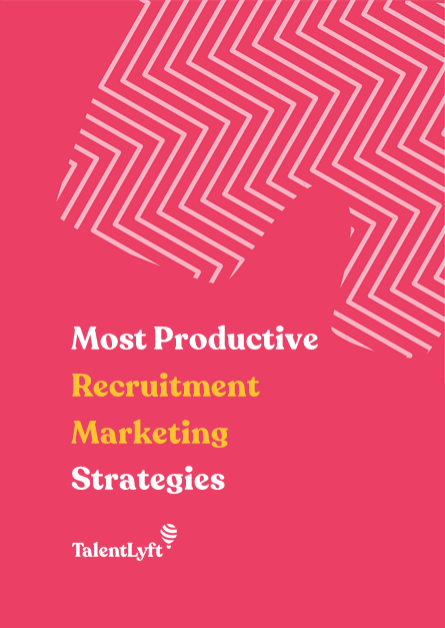![https://adoptoprod.blob.core.windows.net/article/HQEZLMB8v0KABeLj4jdAIQ.png]()
Use of social media by employees: Opportunity or threat?
Organizations are struggling to put the use of social media by employees into perspective; on one hand they realize the tremendous potential it holds in terms of business; on the other hand, they are aware of its pitfalls. This article takes a look at both sides of the coin and suggests how the issue could be handled by organizations.
The rapid growth of social media has unlocked massive business opportunities for organization, both in terms of market reach and penetration. No wonder that organizations have invested their marketing dollars heavily on social media. Today internet marketing accounts for a significant chunk of the marketing budget of most organizations; with social media marketing accounting for a good chunk of that.
Apart from the official social media accounts used by the marketing, sales and public relations teams in organizations, the wide adoption and use of social media by employees in their personal lives presents a huge additional business opportunity that not all organizations have been able to tap into; without increasing their marketing budgets.
The impact of social media usage by employees on the company’s brand
The use of social media by employees has always put organizations in two minds – whether to encourage the use of social media by employees for organizational gains or to completely restrict and delink the use of social media by employees at the workplace for non-official purposes. Organizations tend to shy away from this due to the fear of the negative impact of social media usage by employees on the organization’s image.
Employee brand ambassadorship
Employees who are active on social networks such as Facebook, Instagram, LinkedIn, Twitter, WhatsApp, etc. are likely to have a large number of ‘friends’, ‘fans’ and ‘followers’ on these platforms, who could be potential customers, business associates or employees of the organization. The employee is effectively a brand ambassador of the organization in the online community that he or she is part of, through these social media platforms.
Given the amount of time employees spend at work and the number of co-workers in their social circles (online and offline), the boundary lines between personal and work lives of employees are increasingly getting blurred. This is a fact whether the organization accepts it or not.
Social media is here to stay; no matter how it evolves and it will increasingly play a bigger role in the personal and work lives of employees, no matter how much the organization chooses to ignore it.
What type of social media posts are beneficial for a company?
Let's take a look at the kind posts shared on social media that can prove beneficial for the organization:
The type of posts that can benefit the company are:

Type #1: Organizational updates:
Accolades and recognition won (by the organization or employees)
Product launches and updates
Participation in conferences, trade shows and exhibitions
Participation in social causes and sporting events
Leadership interviews or talks
Other updates such as leadership changes.
Type #2: Workplace updates
Fun @ work activities
Offsite activities.
Type #3: Personal updates
Pictures and videos of holidays, trip, vacations, adventures, personal events
Articles or comments reflecting thought leadership.
These postings create a positive image of the organization in the eyes of the general public as well as key stakeholders such as potential employees, business partners, clients, government, etc. The positive messages percolate through the vast collective social networks of the employees. Let’s take a look at the potential benefits:
How can employees’ posts on social media help the company?
Here are the top 3 benefits on employees’ posts on social media for the company they work for:
#Benefit #1: Building camaraderie between employees
Social networking lends a personal touch to employee-to-employee relationships due to the amount of personal updates shared on the social media, which is just impossible during office hours.
Employees can get to know each other as people through social media - their profiles, preferences, hobbies, interests and much more and interact with each other on a personal basis.
This helps in creating better relationships at the workplace, resulting in improved collaboration and teamwork and improved engagement not just within the same workgroup but across teams, functions and departments.

It is generally quite time-consuming and expensive to organize team-building activities such as fun at work, parties, picnics, off-sites, etc. to get employees to interact personally beyond work.
Plus these activities might not be as effective due to restrictions on the group size and geographical location.
Social media offers a great platform for employees to interact personally at work and off-work at their own pace, without being pushed or prodded by the organization. Also, social media does not have the restrictions of time and location that offline activities may have.
Benefit #2: Employer branding
Social media posts of fun-at-work activities and even employee personal activities communicate a sense of good work-life balance and the employee friendliness of the organization. Potential hires perceive the organization as a ‘cool place to work’. Promoting your employer brand on social media becomes especially important when the organization is trying to attract entry-level talent.

Also, positive updates about the organization shared on social media such as recognition, awards, product launches and news can help create an image of the organization as a happening place where employees have great future prospects. This is critical for attracting potential employees apart from the usual compensation and other employee terms.
Updates shared by ‘friends’ or ‘friends of friends’ on social media carry additional credibility. It is quite difficult for traditional media and even the official social media to target such messages to potential employees as compared to propagating such messages through employee social networks.
Benefit #2: Corporate brand marketing
Employees might be connected to a significant number of potential customers or influencers of the products or services provided by the organization. Sharing products and other updates on social media by employees increases the marketing reach for the organization at no-cost.
Even personal thought leadership by employees can help in building the corporate brand for the organization as a place for talented individuals. It is a well-known fact that social media such as LinkedIn and Twitter are fertile breeding grounds for getting new business.
This often leverages the personal connections of individual employees rather than the official social media. Hence, adding employee personal social media to the equation adds more firepower to the existing marketing efforts of the organization at zero costs.
What type of social media posts are bad for a company?
While personal social media use by employees can benefit the organizations in many ways such as the ones suggested above, there could be potential pitfalls as well, that need to be avoided to prevent creating a negative image of the organization.
This is precisely what most of the organizations are worried about, when it comes to employee social media. Let’s take a look at the kinds of postings on social media that should be avoided:

Type #1: Discriminatory posts
Posts or comments that has racial, religious or political overtones
Type #2: Controversial posts
Those that lead to controversy or strong negative responses
Type #3: Spammy posts
Any malicious, explicit or ‘spammy’ content
Type #4: Negative posts
Negative news, rumours or opinions about the organization.
It is very important that employees use social media responsibly, even in their own personal capacity to avoid causing damage to the organization’s reputation.
However, considering its huge potential, not harnessing the power of social media use by employees in the fear of possible negative impact does not seem to be a prudent thing to do.
How to make the most out of employees advocacy on social media?
Instead organizations should look at creating a strong social media policy and even make it as part of their employment contracts.
Organizations should lay down clearly the guidelines of what can be posted and what should not be posted.
They should also put in place processes to monitor social media usage by employees – there are many tools and agencies that can do this.
It’s not just enough to have a social media policy in place, there needs to be a continuous flow of information and encouragement to the employees from the organization through regular email updates internally.
Employee advocacy: Lead by example
Also, employees need to be encouraged to follow the LinkedIn and Facebook pages as well as Twitter and Instagram handles of the organization; the expectation from the employees would be that they share the updates in their social networks.
Leaders and managers should lead by example here; so that others can follow and it becomes a habit; creating a culture of sharing positive information socially.
Conclusion: Pros & cons of social media activity by employees
Channelized in the right direction with the right checks and balances in place, social media activity by employees can provide huge dividends for the organization.
At zero costs, organizations can get additional marketing reach and branding as well as great employer branding; making the return on investments almost unlimited.
However, it needs to be directed, monitored and managed effectively to ensure there are no negative fallouts. No organization can choose to ignore this massive opportunity.
About the author
The author is the co-founder of HiFives, a SaaS-based employee rewards and recognition platform that helps organizations digitize, automate and transform their rewards and recognition practices.
He has over 22 years of corporate and entrepreneurial experience and has an MBA from the Indian Institute of Management (IIM) Lucknow and an engineering degree from the Indian Institute of Technology (IIT) Kharagpur.




















